Sway is the English version of "¿Quién será?", a 1953 mambo song by Mexican composer and bandleader Pablo Beltrán Ruiz. In 1954 the English lyrics were written by Norman Gimbel and recorded by Dean Martin. The Dean Martin recording reached number fifteen on the Billboard magazine best-seller chart and number six on the UK chart.
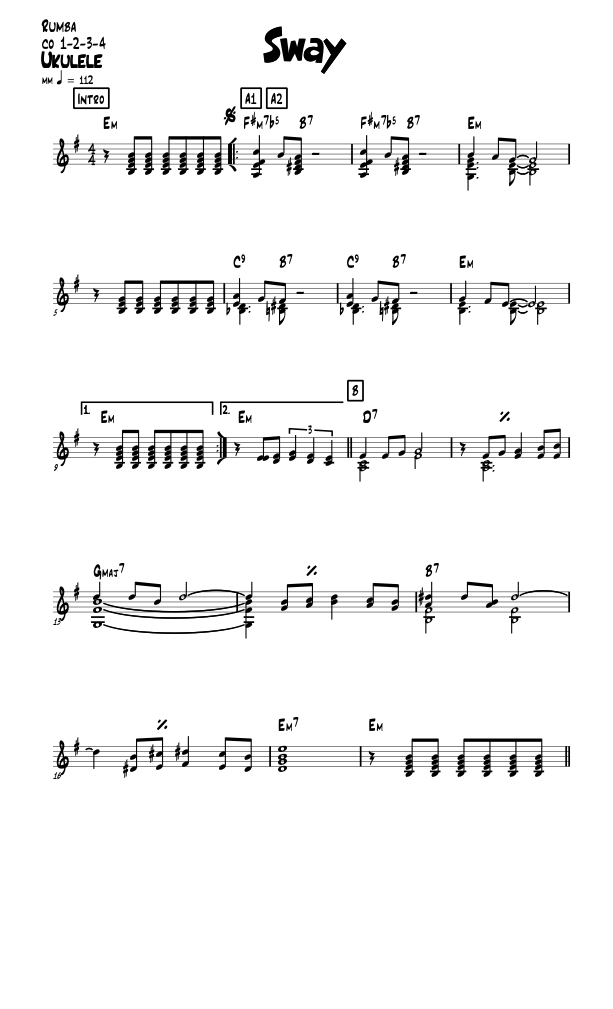



Sway is the English version of "¿Quién será?", a 1953 mambo song by Mexican composer and bandleader Pablo Beltrán Ruiz. In 1954 the English lyrics were written by Norman Gimbel and recorded by Dean Martin. The Dean Martin recording reached number fifteen on the Billboard magazine best-seller chart and number six on the UK chart.
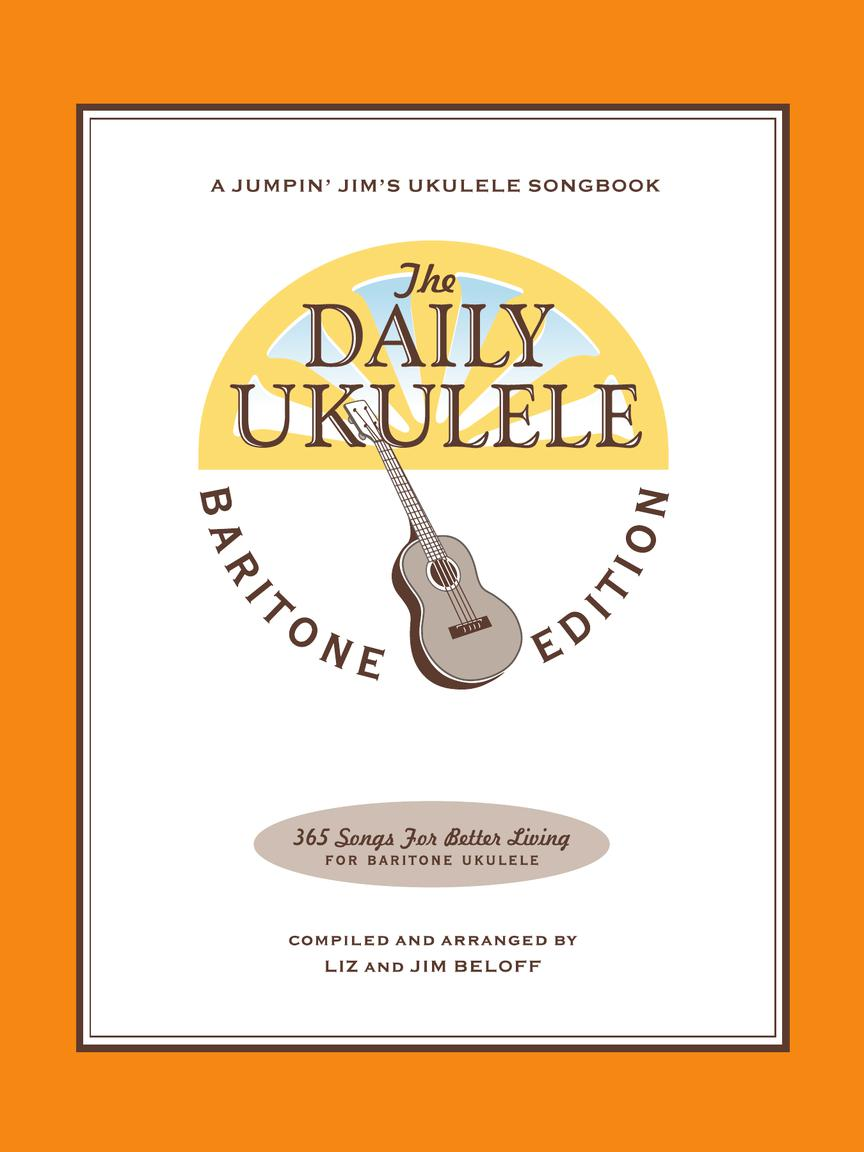
Sway is in the The Daily Ukulele — Leap Year Edition
— 366 Songs for Better Living book.
Curt, your CD was fantastic. You are among the ukulele masters of our day.— John K.
Sway
Sway
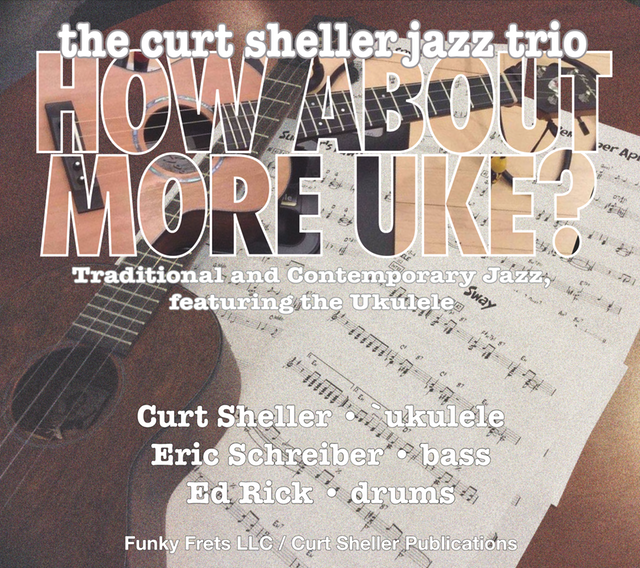
Release Date: December 2, 2015
How About More Uke?
How About More Uke? — A collection of jazz standards, original compositions by myself (Curt Sheller), Chuck Anderson and Jim Beloff / Herb Otha. Featuring Curt Sheller: `ukulele, Eric Schreiber: bass and Ed Rick: drums.
Order How About More Uke CD Now $1010 Minute Demo of How About More Uke? CD
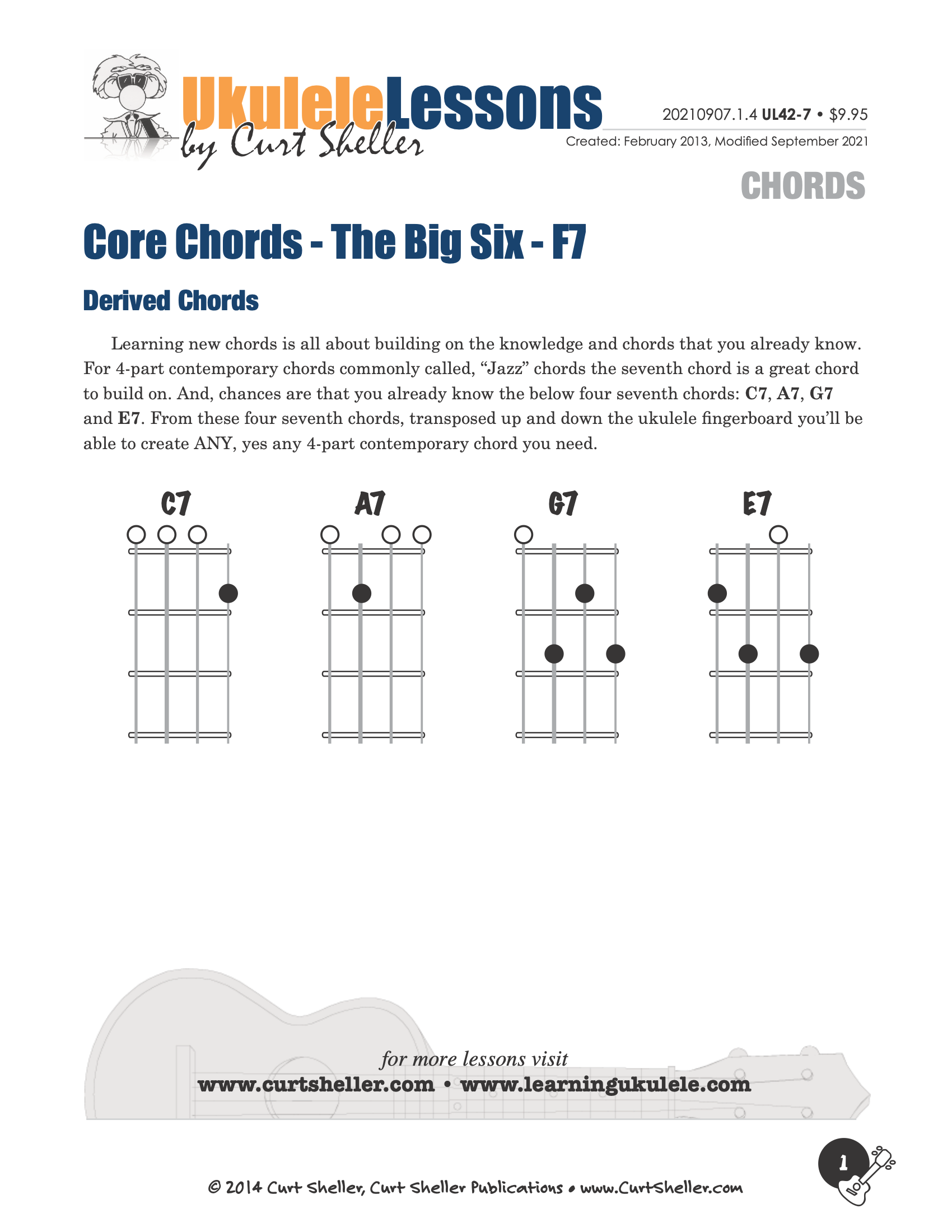
The Big Six Core Chords is a series of lessons for building your core, essential 4-part chords. These chords commonly called jazz chords, are really just 4-part chords used in a wide range of musical styles. These chords include: Seventh , Major Seventh, Minor Seventh, Half Diminished Seventh or Minor Seven Flat Five, Diminished Seventh, and Augmented Seventh. These six chords form a core set of chords.
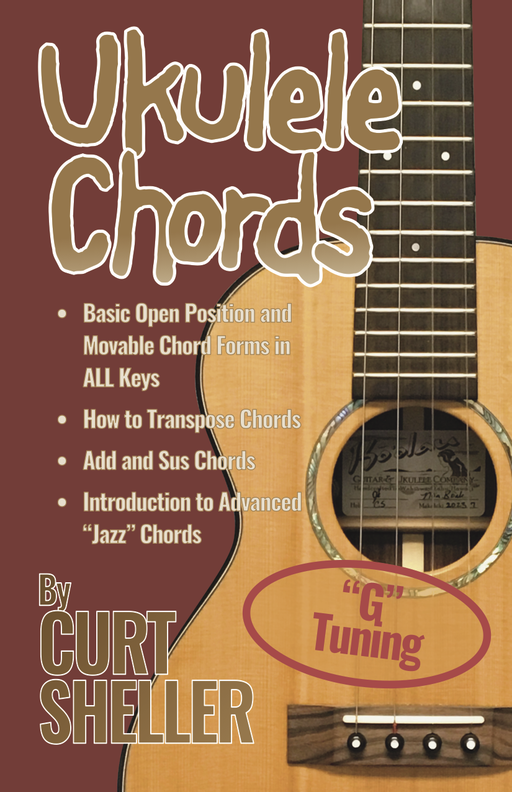
This chord book is the perfect size for every ukulele gig bag or case and a great addition to you music book library. Ukulele Chords covers basic open position and basic movable form chords. From these two chord categories a variety of songs and styles can be played. Seventh chords, Major Sevenths, Minor Sevenths, Diminished, Augmented chords sus and add chords. Tunings: G with low or high D - (DGBE or dGBE).
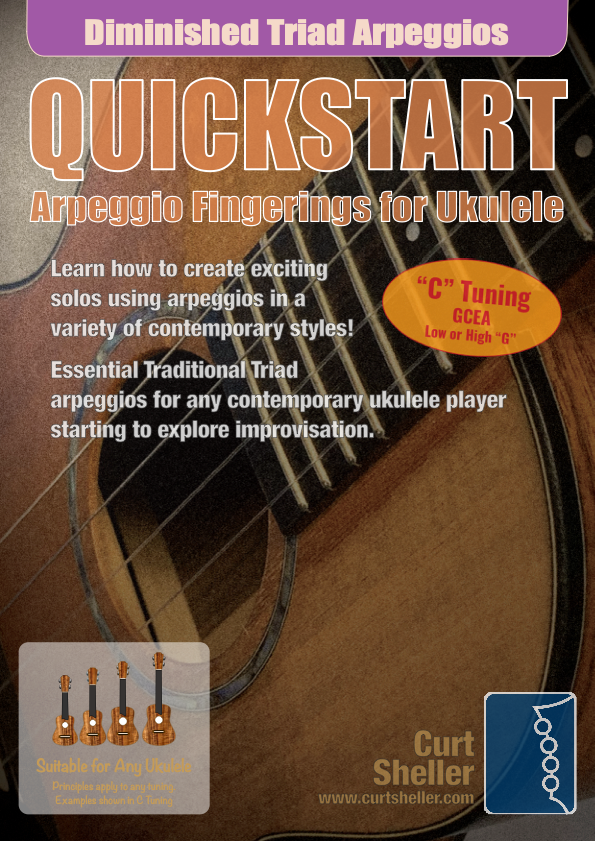
There are four traditional triads: Major, Minor, Diminished and Augmented. Based on a major scale a Diminished triad contains the following intervals: Root (1), b3, b5. A one octave fingering solution is presented for each finger starting on strings ➃, ➂ and ➁. Beyond these fingering solutions, there are many alternate and extended patterns available.

Finally, learn the names of the notes of the ukulele fingerboard in C tuning .

Learn the six fingering principles to navigating the ukulele fingerboard. Fingering is one of the most universal topics. Book: Six Secrets of the Ukulele Fingering

Harmonic Analysis is the understanding of the functional sequence of chords. It is the process used to analyze the harmonic structure of a progression, song or composition. Book: Harmonic Analysis for Scale Selection and Chord Substitution

Learn to read single note melodies in the first/open position is a lot easier than you might think. Book: Ukulele – Reading Music Series – Primer

An organized collection of daily practice and reference material for the contemporary ukulele player for developing the vocabulary and knowledge necessary for single note playing. Book: Daily Practice Material for the Contemporary Ukulele
Checkout the Books & Reference Charts for additional Handy, Dandy Reference Charts.

Ukulele Fingerboard Chart for C Tuning, Low or High G – G C E A

Ukulele Fingerboard Chart for G Tuning, Low or High A – D G B E

A handy reference chart of all 15 major and relative minor key signatures. US Letter 8.5 x 11 sized (ANSI-A), A4
Checkout the Books & Reference Charts for additional Handy, Dandy Reference Charts.



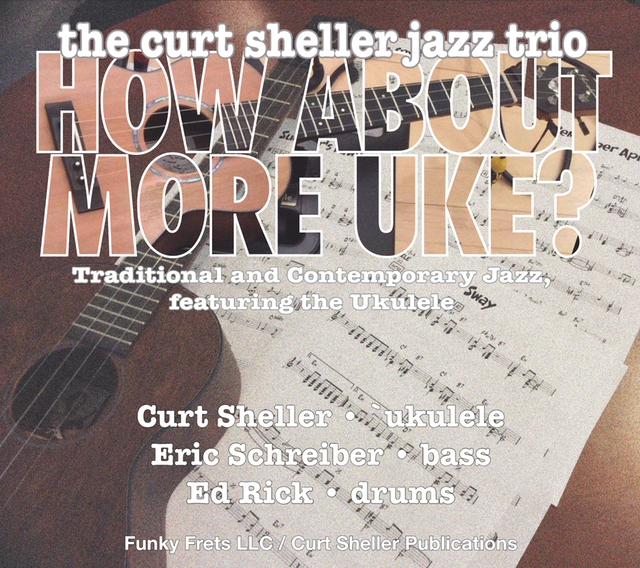

.jpg)